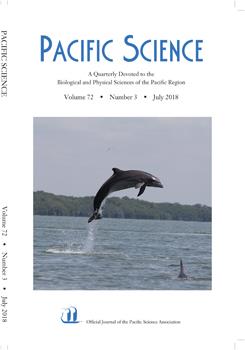Nonnative rodents pose a grave threat to many species on islands where they have been introduced. We surveyed accumulated food contents of husking stations, sheltered areas that rats use to process their collected food items, to gain insight into diets of invasive rodents and their potential effects on plant communities on the Hawaiian island of O‘ahu. We examined 59 husking stations in four forests across the island in the summer of 2015. Camera traps documented only black rats (Rattus rattus) using the stations. A combination of vegetation surveys and seed rain traps was used to compare abundance of plant species in husking stations with their abundance in the forest. Overall, we identified 13,007 potential food items, including seeds or husks from 15 plant species, plus the remains of snails, arthropods, and other invertebrates. The only native plant species was the tree Nestegis sandwicensis (Oleaceae). We found almost no evidence of successful germination, indicating that rodents, at least in the context of items brought to husking stations, are acting primarily as seed predators in this system.
How to translate text using browser tools
1 July 2018
Husking Stations Provide Insight into Diet of Nonnative Rodents on O‘ahu, Hawai‘i
Brandon R. Hays,
Jinelle Sperry,
Donald R. Drake,
Amy M. Hruska
ACCESS THE FULL ARTICLE

Pacific Science
Vol. 72 • No. 3
July 2018
Vol. 72 • No. 3
July 2018
invasive species
island biology
Rattus rattus
seed predation




